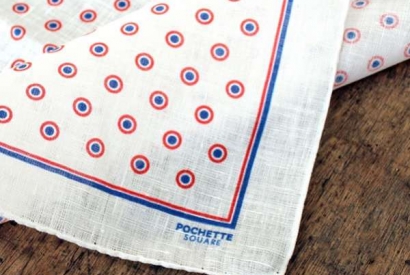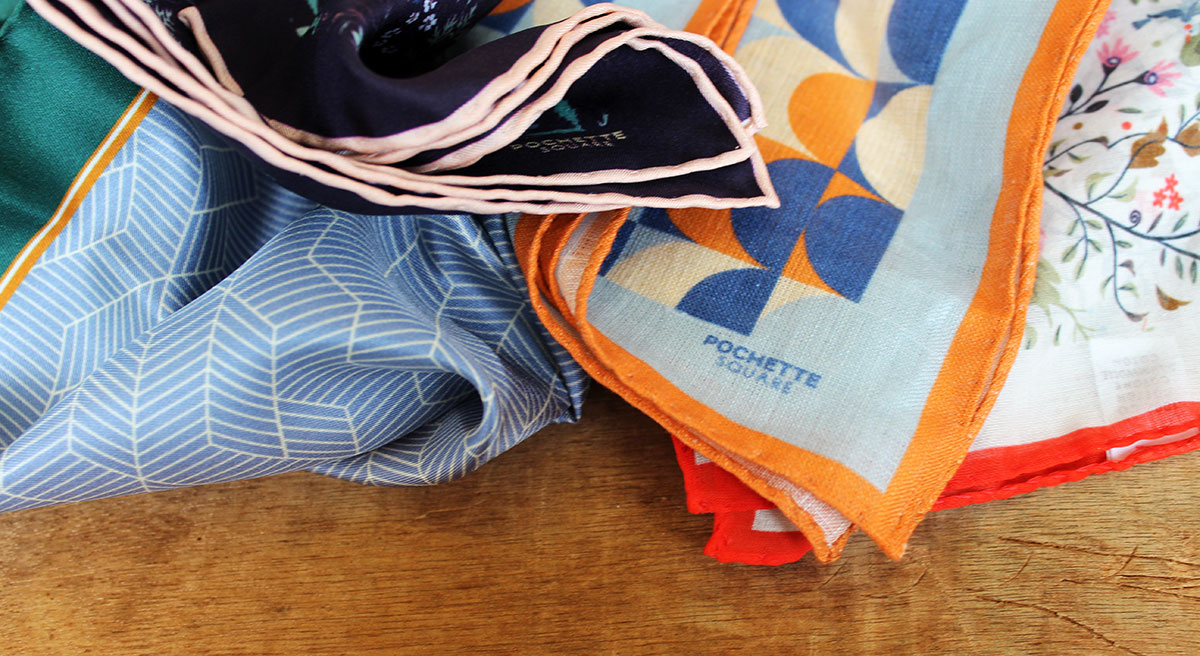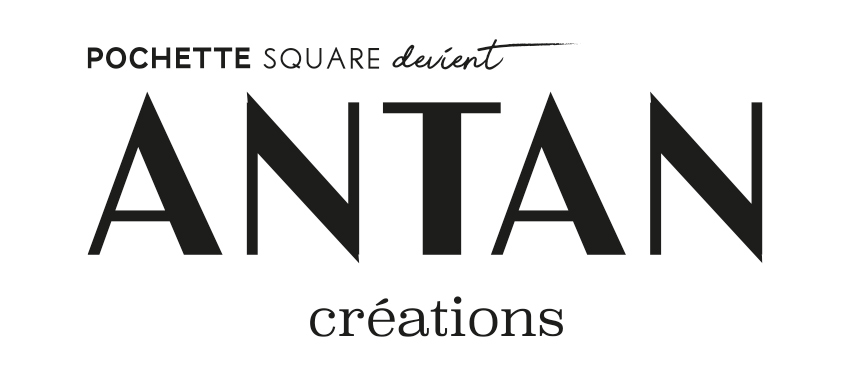The Story of the Pocket Square
Publié le : 05/10/2017 16:47:52

You know that at Pochette Square, we consider ourselves as defenders of the pocket square. If some see it as simply a piece of cloth, it is so much more, an accessory that easily magnifies any outfit. Furthermore, the pocket square is a versatile accessory with a rich history behind it if a bit blurred at times. What are the origins of the pocket square? Are pocket square and handkerchief the same? Explanations.

The pocket square finds its origins during the Antiquity, in Egypt, Rome or Greece. The wealthiest used a white linen square as a handkerchief. This practice carried on during the Middle Ages in Europe, where the most well off used a silk handkerchief imbued with fragrance to protect their sense of smell from urban miasma. King Richard II is often considered as the inventor of the first real pocket square as a fashion accessory that he used to prefer with loud patterns. In France, the pocket square is also a regular feature in the court of Louis XVI, where they usually made from silk and embroidered. Beyond its utilitarian trait, the handkerchief is already a fashion accessory that keeps evolving. Paisleys patterns rapidly find their places on silk handkerchief whereas white pocket squares with a coloured edge are a more tardive invention, dating from the Ottoman Empire at the end of the XVIIIth century.

The rise of the two pieces suit during the XIXth century sees the pocket square become a useful accessory to an aesthetic one that men start to wear in the breast pocket of their jackets. At that time it was pretty common to see men carry two handkerchiefs, one in their pocket that had the role of a tissue and another one in their jacket as a fashion garment. The apparition of industrial tissues make the handkerchief obsolete, and we see the rise of the pocket square as we know it today, a decorative accessory, a trend that is confirmed during the Fifties in the United States, where men start to have fun with their outfits.
We can consider that its during those years that the handkerchief lets it place to what we call the pocket square, and that it acquires one of its main differences from the handkerchief, the rolled edge finite or as the French liked to call it the "roulotté", that distingues to this day a handkerchief from a pocket square.
During the XXth century, the pocket square is well installed as a sign of the most elegant gentlemen in the Western world. The technical evolutions allow for more varied designs and an array of colours and patterns. Several Hollywood actors start to wear the pocket square such as Cary Grant, Gary Cooper or Frank Sinatra that help democratise the pocket square.

The pocket square takes a setback during the Eighties and Nineties before making a welcome come back in the Noughties, a come back pushed by a trend for the vintage and series such as Mad Men, one of our favourite tv shows, starring Jon Hamm as an advertiser during the Sixties. The pocket square is today a white canvas that can be ornated from the most classical to the most fantasist patterns ; more than a "piece of cloth" an accessory that will a touch of panach, the final touch of your outfit.
